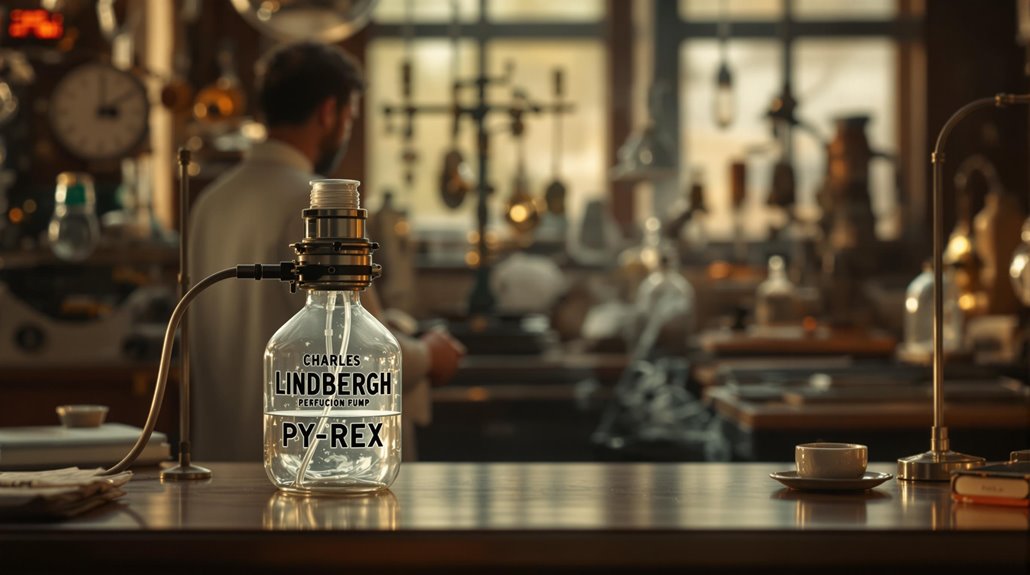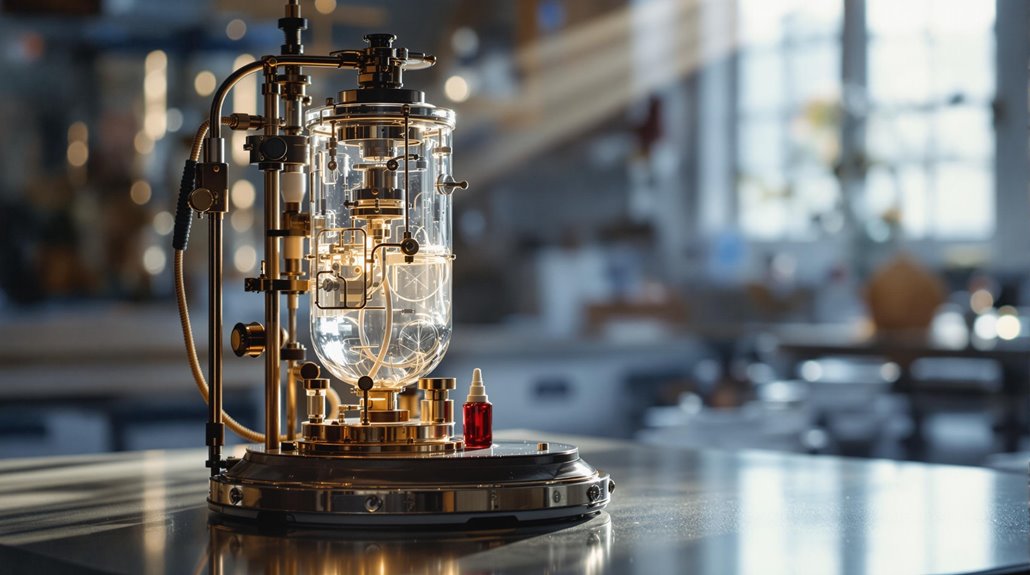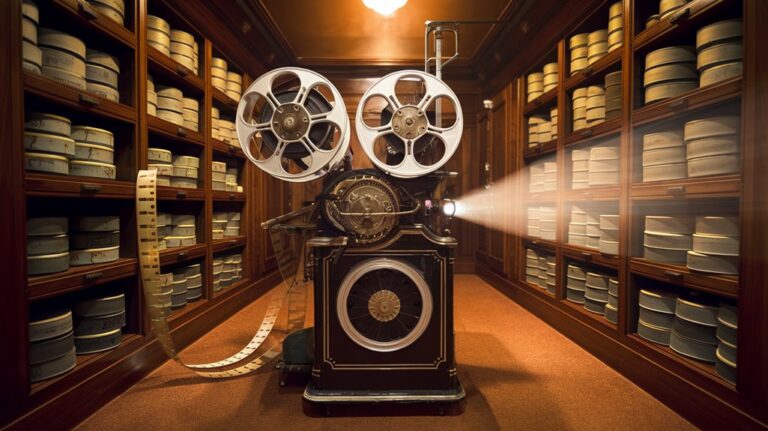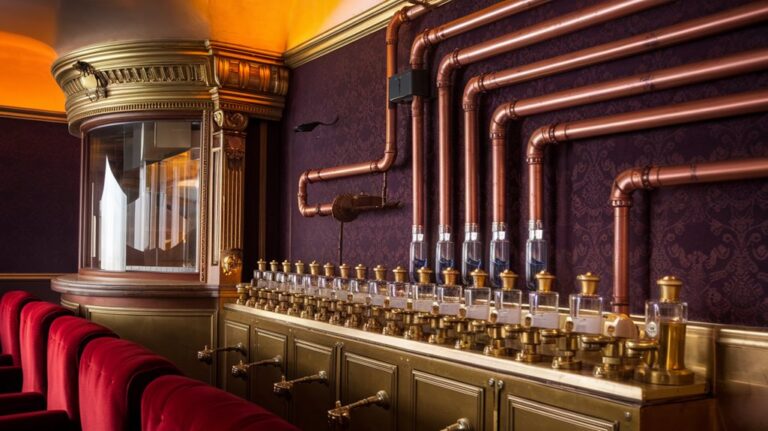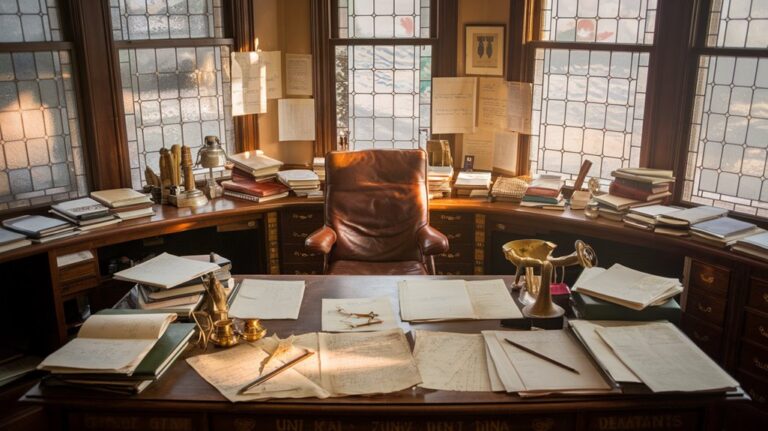Charles Lindbergh’s Odd Contribution to Medical Science
When you think of Charles Lindbergh, you'll likely picture his historic flight across the Atlantic or his controversial political views, but you won't immediately associate him with medical breakthroughs. Yet this aviation hero, who mastered the skies in the "Spirit of St. Louis," also engineered a device that revolutionized organ preservation. His unlikely partnership with a Nobel Prize-winning surgeon would spark innovations that still influence modern transplant medicine. The story of how this pilot became an accidental medical pioneer holds some remarkable surprises.
From Aviation Hero to Medical Innovator
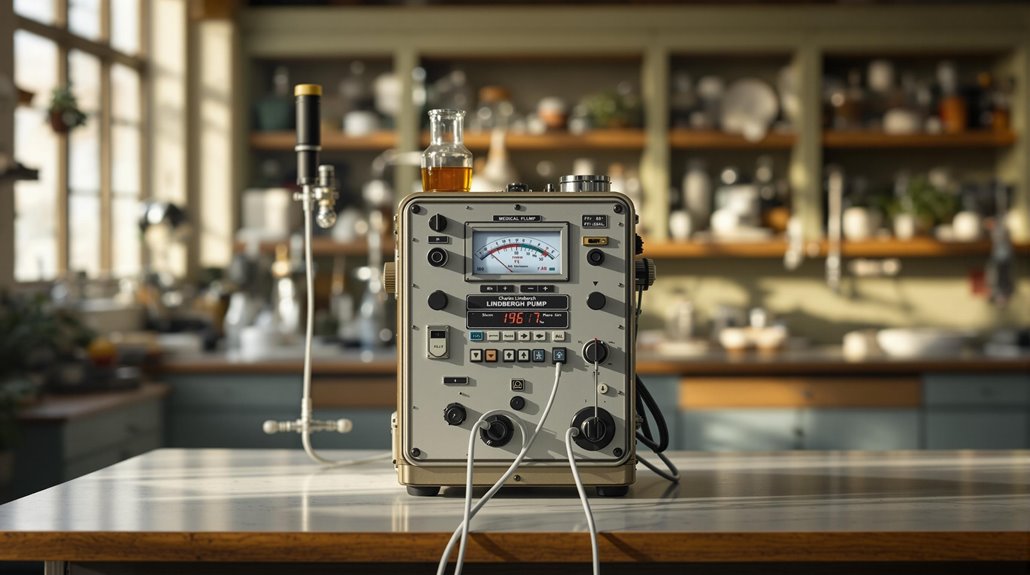
While Charles Lindbergh's fame soared from his historic 1927 transatlantic flight, his most enduring legacy may lie in an unexpected field: medical science.
You might wonder how an aviator with no formal medical training ventured into biomedical research, but his aviation influence and innovative mindset proved invaluable. The project held personal significance as he was motivated by his sister-in-law Elizabeth Morrow's weakened heart condition.
In the late 1920s, Lindbergh's curiosity led him to purchase biology books and a microscope for self-study. His engineering background and problem-solving skills caught the attention of Dr. Alexis Carrel at the Rockefeller Institute.
Despite his limited scientific education, Lindbergh brought fresh perspectives to medical challenges. His collaboration with Carrel would revolutionize organ research through the development of a groundbreaking perfusion pump, proving that sometimes the best innovations come from unexpected sources. Their pioneering work resulted in 989 perfusion experiments over four years, demonstrating the far-reaching impact of their scientific partnership.
The Personal Story Behind Lindbergh's Medical Journey
Behind Charles Lindbergh's remarkable pivot to medical research lay a deeply personal motivation: the devastating diagnosis of his sister-in-law, Elisabeth Morrow, with an inoperable heart valve defect in 1930.
Driven by sibling support and an unwavering commitment to health advocacy, you'd find Lindbergh channeling his engineering expertise into a new mission: saving Elisabeth's life. His quest led him to Dr. Alexis Carrel, a Nobel Prize-winning physician at the Rockefeller Institute.
Together, they'd focus on developing techniques for organ preservation and perfusion, though their work extended far beyond Elisabeth's specific condition. Their groundbreaking collaboration culminated in the creation of the first perfusion pump, revolutionizing the field of organ preservation. The pump successfully demonstrated its capabilities when a monkey heart continued beating independently after perfusion.
While maintaining his other pursuits, Lindbergh devoted significant time to the laboratory, earning respect from the scientific community. His dedication to medical innovation stemmed from a simple yet powerful desire: to help someone he loved.
Engineering the Revolutionary Perfusion Pump
Charles Lindbergh's engineering prowess culminated in a groundbreaking device: an 18-inch-high Pyrex glass perfusion pump. You'll find this marvel of perfusion technology featured three chambers that worked together to sustain organs outside the body.
The pump's ability to achieve continuous flow made it similar to modern centrifugal pumps used in heart-lung machines today. The design's brilliance lay in its simplicity – it had no moving parts, reducing contamination risks while cotton balls filtered incoming germs. Working with Nobel Prize winner Carrel, Lindbergh refined the pump's design after studying a failed German model.
What made this organ preservation system revolutionary was its ability to maintain life through precise gas mixtures and steady fluid circulation. You'd be amazed to learn that organs could survive up to 21 days in this apparatus.
The pump's design allowed for complete sterilization and controlled conditions, making it a game-changer for medical research. This innovation didn't just advance organ study – it laid the foundation for future breakthroughs like heart-lung machines and artificial hearts.
Partnership With Nobel Laureate Alexis Carrel
On November 28, 1930, a pivotal meeting at the Rockefeller Institute sparked one of medical science's most productive partnerships. Charles Lindbergh, seeking treatment for his sister-in-law's heart condition, met Nobel laureate Alexis Carrel, and they quickly formed a bond that would transform medical science.
Together they conducted over 1000 experiments during their five-year research collaboration. Lindbergh's main contribution was the invention of a glass heart pump aimed at keeping organs alive outside the body. Despite their groundbreaking work on organ preservation and the development of the perfusion pump, their partnership raised questions about scientific ethics. Both men shared controversial views on racial theories and eugenics, with Carrel viewing Lindbergh as the "perfect human specimen."
Their collaboration culminated in the 1938 book "The Culture of Organs" and earned them Time magazine's cover. While their scientific achievements laid the foundation for modern organ transplantation and open-heart surgery, their later associations with Nazi ideology and racial superiority theories tarnished their legacy.
A Hidden Chapter in Medical History
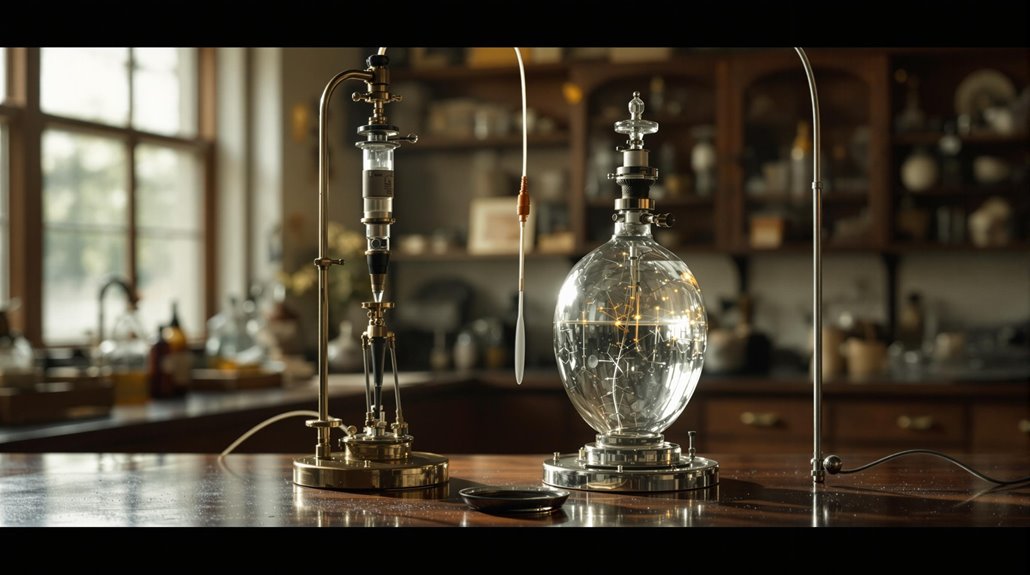
While aviation secured Lindbergh's fame, his revolutionary work in medical science remained largely unknown to the public for decades. You might be surprised to learn that his perfusion pump, a sophisticated 18-inch Pyrex glass device, sparked major medical breakthroughs in the 1930s.
The historical significance of Lindbergh's invention can't be overstated. His three-chambered design, sealed with airplane glue and equipped with floating valves, maintained sterile conditions while keeping organs alive outside the body.
Through over 1,000 experiments, the device enabled researchers to study tissue preservation and different perfusion fluids. Though quickly obsolete, the pump's influence extended far beyond its time, laying essential groundwork for modern organ transplantation, open heart surgery, and artificial heart development.
The innovation even earned coverage in Time magazine in 1938.

